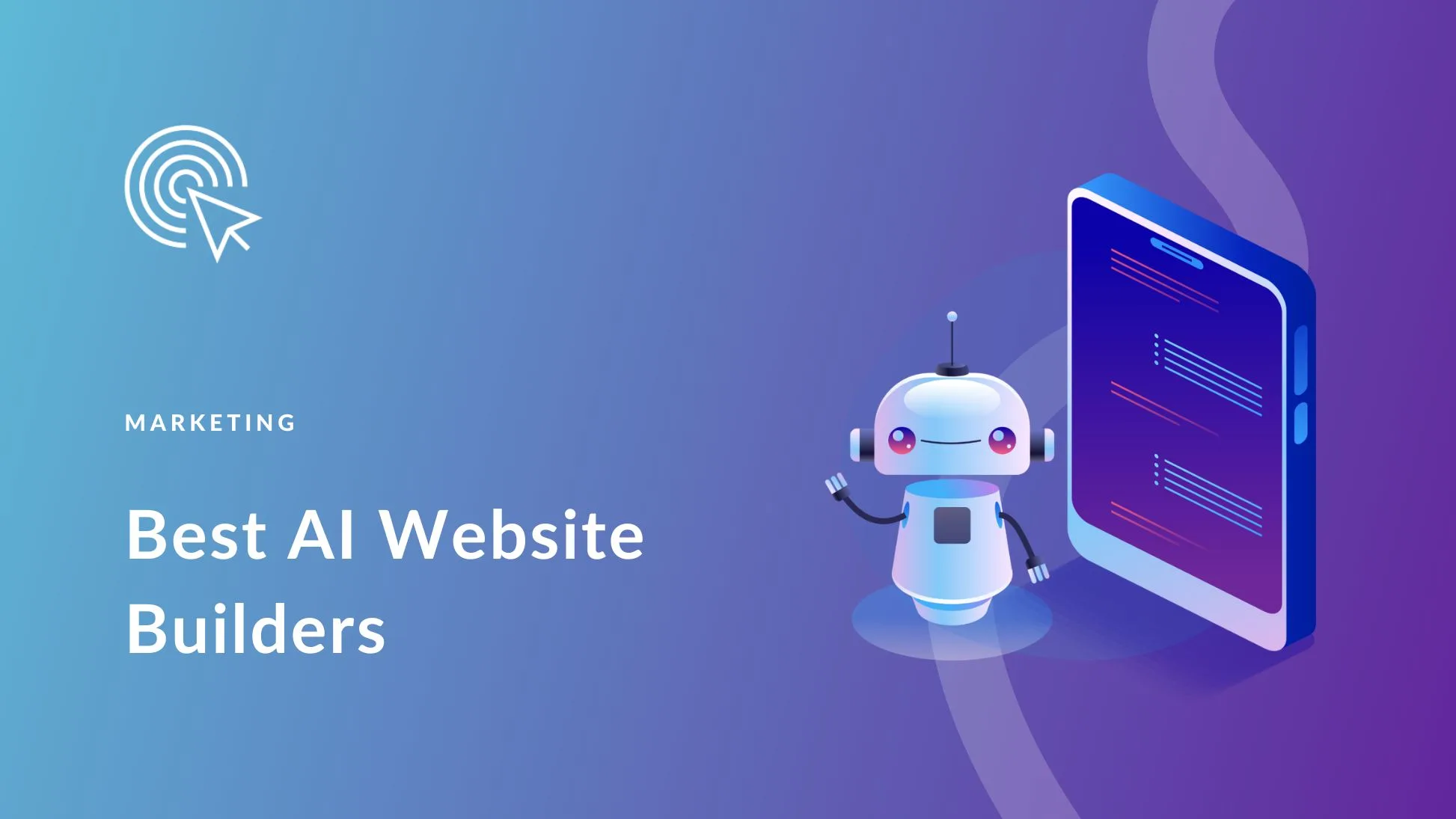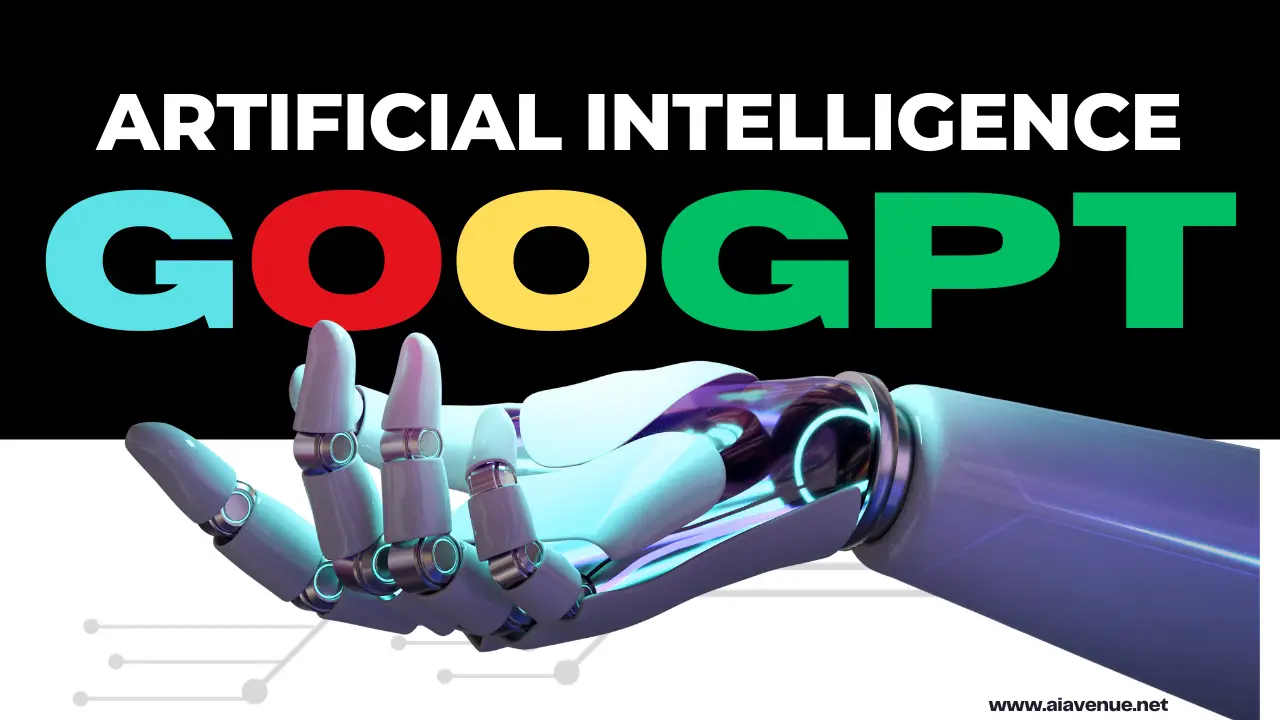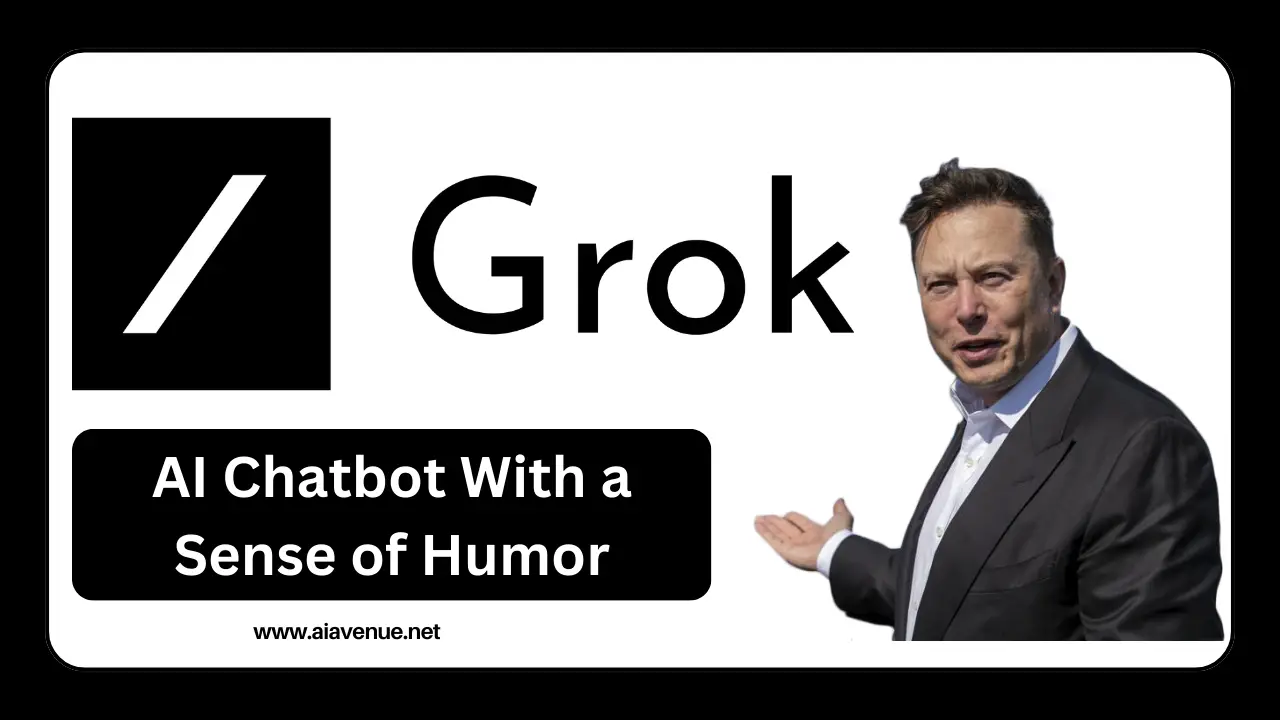In a world where technological developments are heralding an era of unprecedented change, Artificial Intelligence (AI) and Robotics have emerged as powerful forces set to revolutionize numerous sectors. They have come a long way from mere concepts coined by science fiction enthusiasts to becoming essential components of our daily lives. While AI has brought about intricacy in processing and problem-solving, Robotics has introduced automated physical entities capable of executing tasks. The integration of AI in Robotics signifies a major technological trend, enhancing not just the efficiency but also the autonomy of robotic systems. The following discussion seeks to elucidate the fundamentals of AI and Robotics, their utility, recent advancements, associated challenges, and future prospects.
Understanding AI and Robotics
Understanding Artificial Intelligence (AI)
Artificial Intelligence (AI) refers to the simulation of human intelligence processes in machines that are programmed to think like humans and mimic their actions. These machines could be computer systems or other kinds of electronic devices. AI is based on the premise that human intelligence can be defined in such precise terms that it can be mimicked by a machine. AI can handle activities such as problem-solving, learning, planning, and speech recognition, among others.
AI: A Brief History
The concept of AI traces back to antiquity, with myths and stories filled with artificial beings endowed with consciousness or intelligence. However, the term Artificial Intelligence was first coined in 1956 by a group of researchers including Allen Newell, Herbert A. Simon, John McCarthy and Marvin Minsky. Over the years, AI technology evolved from mere concepts and prototypes to complex systems capable of tasks previously thought solely capable by humans, such as interpreting natural language or recognizing patterns in digital footprints.
Robotics: An Overview
Robotics is a branch of engineering that involves the conception, design, manufacture, and operation of robots. It incorporates aspects from numerous disciplines including mechanical engineering, electronic engineering, information engineering, and computer science. Robots, designed as human-like machines, are tasked to perform operations that might be taxing, dangerous, repetitive, or simply beyond human capabilities.
Robotics: Evolution over Time
The history of robotics dates back to the ancient times when Egyptians started using water clocks with moveable parts. The modern term ‘robot’ was first used in 1920 by Karel Capek’s in his play R.U.R (Rossum’s Universal Robots). The first digitally operated and programmable robot, the Unimate, was installed on a General Motors assembly line in 1954. Since then, robotics has advanced rapidly, with robots now integrated into various spheres of human activity.
AI and Robotics: The Difference
While robots are physical entities designed to automate tasks, AI is an intellectual system programmed to simulate human intelligence. Simply put, AI represents the brain while robotics signifies the body. They operate independently, yet their integration is what makes robots ‘smart’ and responsive to changing conditions in their environment.
Integrating AI with Robotics
Integrating AI into robotics is a pivotal trend in contemporary technology, leading to the rise of autonomous or ‘smart’ robots. These robots can learn from their experiences, adapt to new circumstances, and perform tasks more precisely and independently. They’re used in a variety of fields including healthcare, agriculture, manufacturing, logistics, military, and customer service.
By combining AI with robotics, tasks throughout a wide range of sectors are streamlined, efficiency is improved, and human error is reduced. This integration also significantly reduces the risk factor involved in jobs that require manual labor or harsh working conditions. From driverless cars to drone deliveries, and manufacturing assembly lines, AI-powered robots are becoming an integral part of modern life.
The Boundless Potential of AI in Robotics
The fusion of Artificial Intelligence (AI) and robotics signifies an exciting leap towards a future of remarkable innovation. As these disciplines continue to advance, it is expected that we will witness the emergence of more sophisticated robots that can handle intricate tasks with little to no human assistance. This technological amalgamation promises significant breakthroughs in areas such as medicine, where robotic surgical systems could increase accuracy and efficiency, and logistics, where the whole process of managing warehouses could be automated. It’s evident that the convergence of AI and robotics is poised to redefine various sectors, heralding a period of unprecedented progress in the foreseeable future.
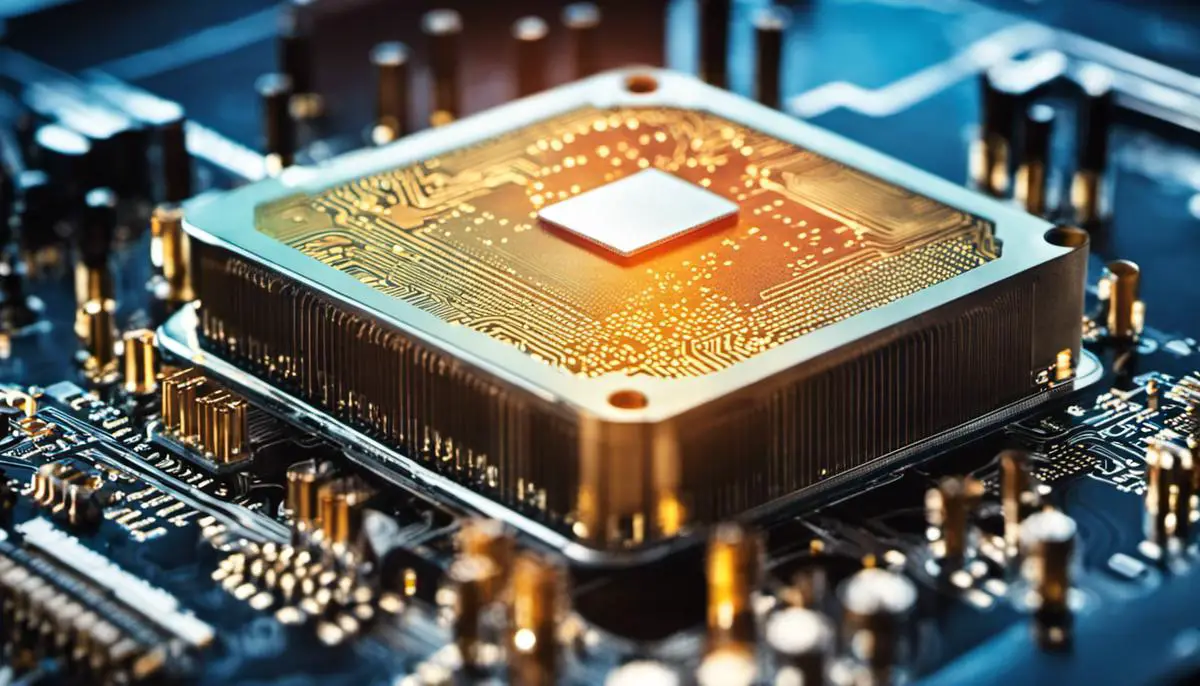
Role of AI in Robotics
The Role of AI in Transforming Robotics
Artificial Intelligence (AI) forms the backbone of robotics, underpinning the development of independent, self-automating systems. These AI-infused robots are designed to comprehend their surroundings, make informed decisions, and execute tasks with limited dependence on human input. Certain AI technologies deployed within the field of robotics encompass machine learning, deep learning, natural language understanding, computer vision, and neural networks. Each of these components contributes to the creation of increasingly intelligent robots that are transforming the landscape of several industries.
AI and Autonomy in Robotics
The capacity for autonomy sets AI-powered robots apart from traditional robots which can only execute pre-programmed movements. AI robots are capable of learning from their experiences, adapting to new situations and responding to changes in their environment. This level of autonomy facilitates efficiency and precision, making these robots suitable for use in a variety of sectors including healthcare, manufacturing, logistics, and defence.
AI in Healthcare Robotics
In the healthcare sector, AI-powered robots are used for surgical procedures, testing, diagnostics, patient care, and rehabilitation. Robotic surgeons controlled by AI can perform intricate procedures with greater precision than their human counterparts. The robotic system can also analyze a large volume of medical data to aid in diagnosis and treatment. Further, AI robots in rehabilitation help speed up recovery by providing personalized therapy sessions.
AI in Manufacturing Robotics
AI robots have revolutionized the manufacturing industry. They carry out repetitive tasks efficiently with minimal errors, reducing human labor and increasing productivity. These robots can adapt to changes in the assembly line, perform quality checks, and even predict maintenance needs to avoid breakdowns. This maximizes efficiency and reduces operational costs.
AI in Logistics Robotics
In logistics, AI robots are used in warehouses for tasks such as order picking, packing, and transportation. These robots can sort and move goods at a faster rate and with greater accuracy than humans. AI is also applied in the creation of autonomous vehicles for goods transportation in a bid to enhance supply chain efficiency.
AI in Defence Robotics
AI-driven robotics is making significant headway in the field of defence. These include autonomous drones and ground vehicles that can perform surveillance, locate targets, and even carry out strikes. By minimizing human intervention, these AI systems significantly reduce risk to personnel and increase operational success.
Potential Challenges and Considerations
Despite its many advantages, the use of AI in robotics also comes with potential challenges. These could include ethical issues concerning job displacement, data security concerns, issues of liability in case of autonomous systems’ failure or malfunction, and ensuring AI systems behave in a manner that aligns with human values and societal norms.
To sum up, AI is revolutionizing robotics in various segments, rendering processes automatic, improving efficiency, and mitigating human errors. As advancements in technology continue, we can expect AI’s applications in robotics to expand even further, making it a promising area to watch for in the coming years.

Advancements in AI-Powered Robotics
The Integration of Artificial Intelligence in Robotics
The incorporation of Artificial Intelligence (AI) into robotic systems has led to the execution of complex tasks with an adaptability and efficiency that was not possible before. These recent advancements in AI enable robots to process information in extensive volumes, adapt to new operations, and constantly improve their performance over time.
Machine Learning Algorithms
An essential advancement in AI in robotics is the incorporation of Machine Learning (ML) algorithms. These algorithms enable robots to learn from experience. By processing vast amounts of data, the robots can recognize patterns and apply the knowledge to similar tasks, thus improving their efficiency and accuracy. Reinforcement Learning, an area of ML, has been particularly useful in teaching robots to adapt to their environment. This approach essentially works on a trial and error basis, in which a robot is rewarded or penalized based on its actions.
Deep Learning Enhances Object Recognition
Deep Learning, a subset of ML, uses neural networks to mimic the human brain’s learning process. This has significantly enhanced a robot’s ability to recognize and classify objects. Recent advancements in this area have involved Convolutional Neural Networks (CNN), which have been extremely effective in image and speech recognition tasks. For instance, Boston Dynamics’ Spot robot uses a CNN to navigate in real world situations and recognize individual objects within a single frame of its camera feed.
Adaptive Robot Control Through AI
AI has also radically enhanced robot adaptivity through the use of control models. Traditional robot control models work based on pre-programmed tasks, but they fail when unpredictable situations arise. AI technology, specifically in the form of Modelling Language (ML) algorithms, has made robots capable of adapting to unforeseen circumstances. This breakthrough spells a robotics industry ready to tackle a broader range of applications, from rescue missions in disaster-hit areas to precise surgeries in healthcare facilities.
Evolution of AI Driven Robotic Automation
One of the most groundbreaking applications of AI in robotics is Robotic Process Automation (RPA), where AI-driven robots can automate tasks that were previously reliant on human input. They can process transactions, manipulate data, and communicate with other systems just like a human employee. In the manufacturing sector, AI and robotics have extended beyond the production line, with autonomous robots now being used for inventory management. These robots use AI to understand the layout of a warehouse and optimize paths for picking and restocking.
Understanding Human-Robot Interaction
AI advancements have also led to an improvement in the interaction between humans and machines. Soft robotics, for instance, is a burgeoning field that works on developing robots that interact with humans in a more natural, human-like way.
Robotic Evolution Driven by AI
The domain of robotics is perpetually being shaped and evolved by Artificial Intelligence (AI). Key advancements powered by AI, such as machine learning, object recognition, robotic control, automation, and human-robot interaction, have led to remarkable progress. This promises a future where AI-equipped robots will be invaluable contributors in numerous aspects of our everyday lives.

Challenges and Ethical Implications
Reign of AI-Infused Robotics
Robots with sophisticated AI capabilities are progressively becoming more common in several spheres of life. Whether it’s performing menial chores such as tidying up floors or executing complex tasks include driving autonomous vehicles, the infiltration of AI in robotics is evident. Various sectors such as agriculture, healthcare, and logistics are being revolutionized through the enhancement of productivity and efficacy powered by this AI-driven robotics evolution.
Challenges in AI Robotics
Despite its numerous advantages, the use and application of AI in robotics come with major challenges. One significant issue is job displacement. Reports suggest that AI and automation are poised to replace workers in many labor-intensive industries. Many manual jobs, especially repetitious roles, could be in danger of being automated.
Another common challenge revolves around privacy issues. With AI-powered robots collecting and processing vast amounts of data, privacy and data protection become critical concerns. For instance, some home assistant robots and drones equipped with cameras might infringe on privacy if not appropriately managed.
Ethical Issues Surrounding AI in Robotics
The ethical considerations surrounding AI in robotics are significant and multi-faceted. These issues range from transparency and accountability to fairness and non-discrimination. Who takes responsibility when an autonomous car makes a wrong decision resulting in an accident? Many such dilemmas need to be addressed as AI becomes more embedded in our lives and society.
Moreover, it’s important to ensure AI technology promotes fairness and avoids propagating discrimination or bias. For instance, if an AI-powered recruitment tool was built using discriminatory historic data, it could unfairly reject qualified candidates from certain backgrounds.
Measures Being Taken To Address These Issues
To circumvent these potential problems, several measures are being taken. Technologists are implementing the principle of ‘Explainable AI,’ aiming to provide transparency in how AI makes decisions. This aims to ensure that AI’s decisions can be understood and justified to people.
To counter job displacement, initiatives are being introduced for workers to reskill and upskill so they can fill new roles created by the advent of AI. Employers, educational institutions, and government organizations are working together to offer retraining programs.
Privacy concerns are being addressed by implementing adequate data protection measures and encouraging manufacturers to ensure privacy by design.
Understanding the Regulatory Landscape of AI in Robotics
When it comes to AI in robotics, regulatory structures play a pivotal role in addressing the potential challenges and ethical dilemmas. Around the world, regulatory bodies are working hard to develop and implement standards that foster ethical use of AI and ensuring data protection. Policies such as the European General Data Protection Regulation (GDPR) are essentially leading the way in outlining norms for data handling and management.
There is a school of thought, however, that excessive regulation can potentially hinder innovation, making it imperative to strike a delicate balance. The ultimate goal is to establish a regulatory framework that safeguards public interest without obstructing technological progress. It’s a complex equation, one that becomes ever-more necessary to solve as AI increasingly weaves its way into every facet of modern life.
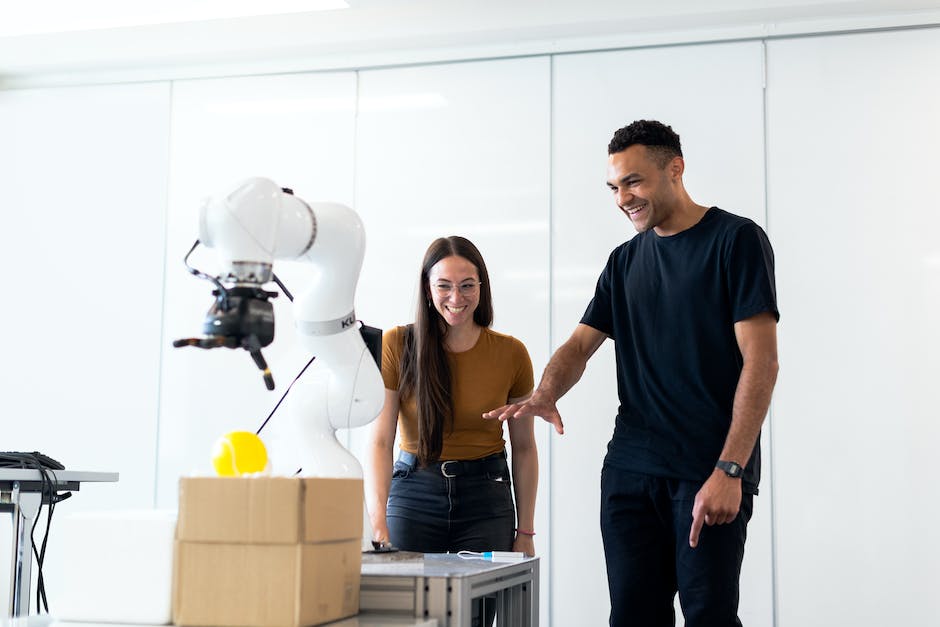
Future of AI in Robotics
A Glimpse Into The Future: New Frontiers For AI in Robotics
Considering the rapid advancements in AI technology, robotics emerges as one of the sectors set to reap extensive benefits. To date, robots powered by AI have found their purpose in a wide range of industries such as automotive production, agriculture, healthcare, and logistics. Based on these ongoing developments, it’s clear we’re on the threshold of a new robotic era, driven by advanced AI capabilities.
Autonomous Vehicles
One of the future applications of AI in robotics is in autonomous vehicles. With advanced AI systems, autonomous vehicles can learn from their environment, make informed decisions, and improve their capacity for safe navigation. This is in line with the rapid development of self-driving cars and drones, which rely on sophisticated AI algorithms to operate safely.
Healthcare
Moreover, AI in robotic systems is poised to take a more prominent role in healthcare. Robots could be instrumental in tasks such as patient care, surgical operations, and rehabilitation therapy. For instance, surgical robots with AI capabilities can perform precise movements that minimize surgical mistakes, improving patient outcomes.
Space Industry
AI robots are also envisioned to play a crucial role in the space industry. NASA and other space agencies are investing in AI-based robotic systems to aid in the exploration of uncharted planets and moons.
Limitations of AI in Robotics
Despite its immense promise, there are several limitations to consider when discussing AI in robotics. One of the primary challenges is the inherent unpredictability of AI. The decision-making process of AI is often opaque, making it hard to predict how the system will behave in certain circumstances. This unpredictability could pose significant challenges, particularly for applications where safety is a priority, such as autonomous vehicles.
Reliance on Big Data
Another concern is the heavy reliance on big data. AI systems learn and grow smarter through machine learning, a process which needs substantial amounts of data. The source and quality of this data can greatly influence the performance of AI systems. If there’s a lack of data or if the data is biased or incomplete, the AI model’s performance could be severely impaired.
Ethical Concerns
From an ethical standpoint, there are questions about the potential displacement of human workers by AI-powered robots. Many fear that as AI continues to evolve and robots become more capable, they could replace human jobs, leading to higher unemployment rates and social instability.
Implications on Society and Economy
The integration of AI in robotics has profound implications for society and the economy. Economically, AI in robotics may significantly drive down costs in industries such as manufacturing, logistics, and healthcare, as tasks previously carried out by humans are automated.
There’s also the potential for the growth of new industries and job opportunities centered around AI and robotics. However, there’s a concern that these jobs may require highly specialized skills, potentially exacerbating income and opportunity disparities.
From a societal perspective, AI in robotics opens possibilities for improved healthcare, safer transportation systems, and more efficient public services. Conversely, the potential for job loss and privacy concerns due to increased automation and surveillance capacities denote negative implications.
Shaping an Equitable and Sustainable Future
As the field of AI in robotics continues to evolve, the balance between exploiting its potential benefits and managing its risks will be key to shaping an equitable and sustainable future.
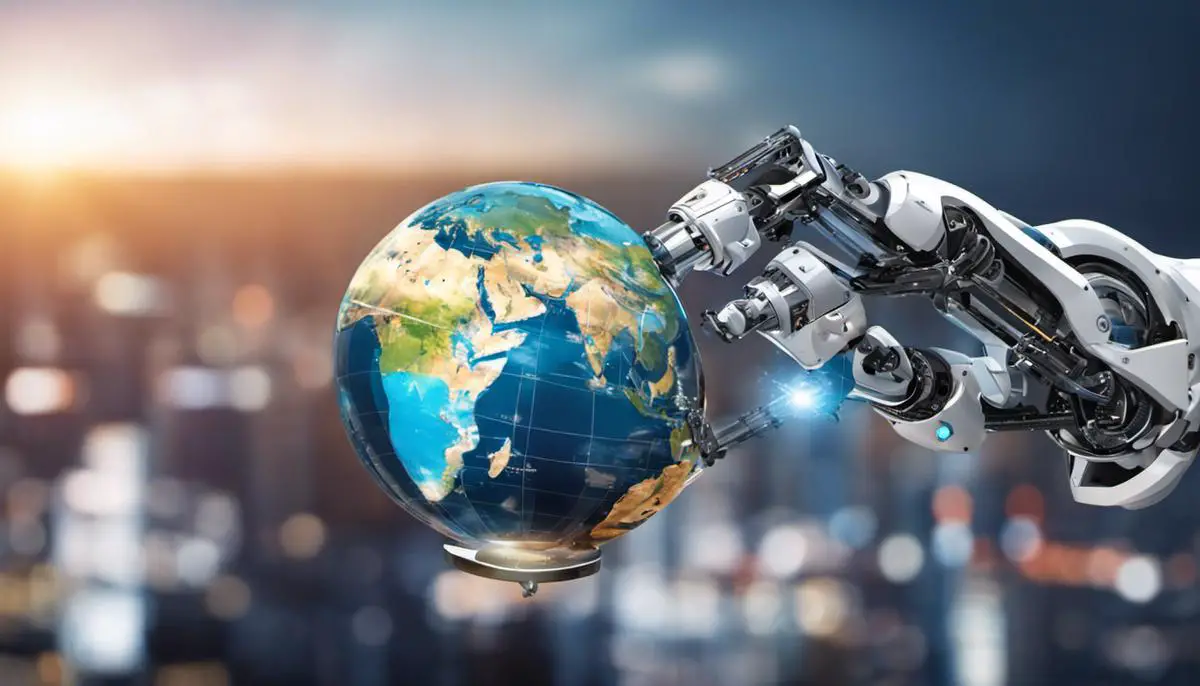
Artificial Intelligence, intertwined with Robotics, holds an extraordinary potential to reshape the world around us. While the benefits are manifold, it’s essential to remain cognizant of the challenges and ethical dilemmas posed by AI-driven robotics. These challenges necessitate adequate regulatory measures and ethical guidelines to ensure the technology is developed and utilized responsibly. Moving forward, we can expect this field to continue evolving and innovating owing to constant breakthroughs in AI. Despite potential limitations, the future of AI in robotics beckons a transformative era, impacting various sectors and potentially steering them to uncharted territories. The discourse propels us to remain dynamic and adaptive to embrace the immense possibilities and navigate the challenges that the integration of AI and Robotics will unfurl.
